100 Years Quantum mechanics in Austria
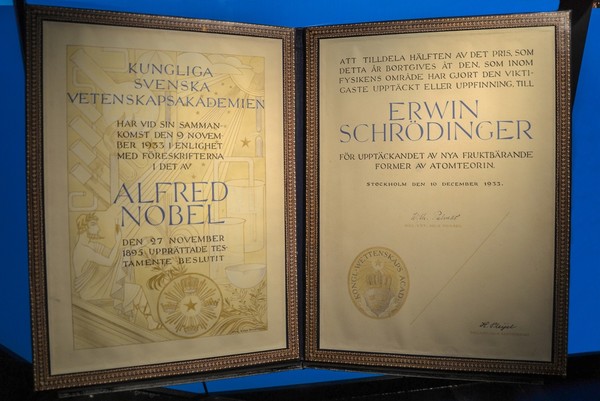
전자, 양성자, 광자와 같이 파동성과 입자성을 동시에 지닌 미시 입자의 거동을 이해하기 위한 수학적 틀
[아츠앤컬쳐] 20세기 초 빈은 지적 활동의 황금기였다. 지그문트 프로이트에 의해 정신분석학이 태동하고, 에르빈 슈뢰딩거와 볼프강 파울리가 물리학에서 획기적인 발전을 이루었으며, 빈 학파에서 철학의 혁명적인 논쟁이 펼쳐진 시기였다. 이러한 세계는 서로 놀라운 방식으로 교차하며, 당시 오스트리아에서 물리학과 철학이 어떻게 상호 영향을 주고받았는지를 보여준다.
오스트리아의 양자역학 이야기는 실험실이 아닌, 철학과 과학이 긴밀히 얽혀 있던 살롱과 세미나실에서 시작되었다. 그 중심에는 철학자, 수학자, 과학자들이 모인 빈 학파가 있었다. 모리츠 슐리크, 루돌프 카르나프 등이 참여한 이 모임은 논리실증주의를 주창했다. 검증 가능성, 논리적 분석, 언어와 관찰 및 현실의 관계에 집중하여, 갓 태동한 양자 이론의 기묘한 함의가 논의되는 철학적 배경을 제공했다.
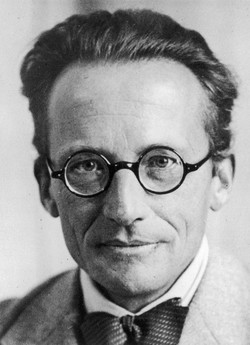
슈뢰딩거는 빈 학파의 실증주의와 종종 충돌하면서도 스피노자, 쇼펜하우어, 인도 베단타 철학의 영향을 받아 전체론적이고 형이상학적인 현실 이해를 추구했다. 그는 물리학만으로는 의식이나 경험의 통일성을 충분히 설명할 수 없다고 주장하며 생물학, 유전, 생명의 본질과 같은 주제를 고찰했는데, 이는 빈 학파가 “엄밀히 과학적이지 않다”라며 일축한 문제들이었다.
슈뢰딩거(1887~1961, 비엔나)는 1926년 유명한 슈뢰딩거 방정식을 발표했다. 이 파동역학의 수학적 공식은 양자물리학의 핵심으로, 시스템의 양자 상태가 시간이 흐르며 어떻게 변화하는지를 설명한다. 그의 이론은 베르너 하이젠베르크의 행렬역학에 대한 대안으로 제시되었고, 두 접근은 결국 통합되었다. 또한 그의 사고실험 “슈뢰딩거의 고양이”는 양자역학의 역설을 상징하는 은유로 자리 잡았다.
또 다른 물리학자 볼프강 파울리(1900~1958, 비엔나)는 1925년 파울리 배타 원리를 정립했다. 이 원리는 원자 내 전자가 서로 다른 에너지 상태를 차지하는 이유를 설명하며, 현대 화학과 고체물리학의 기초가 되었다. 그의 통찰은 양자장 이론의 발전을 이끌었고 후세대 물리학자들에게 깊은 영향을 미쳤다.
이러한 인물들은 독일, 덴마크, 영국과 함께 오스트리아를 양자혁명의 지적 중심지로 만들었다. 그들의 업적은 물리학을 발전시켰을 뿐만 아니라, 양자 이론이 고전적 결정론과 현실 개념을 뒤흔들면서 철학에도 큰 변화를 가져왔다.
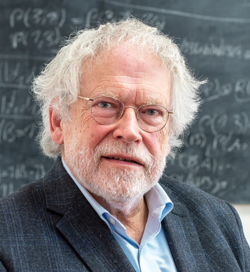
오늘날 오스트리아는 여전히 양자 과학의 선도국이다. 대학과 연구기관들은 이론과 실험 양 측면에서 활발한 연구를 이어가고 있다. 2022년 노벨상을 수상한 오스트리아 물리학자 안톤 차일링거는 양자 얽힘과 순간이동 실험의 선구자이다. 그의 연구는 위성 기반 양자 암호를 포함한 양자 통신 네트워크의 토대를 마련했다. 오스트리아는 또한 양자 키 분배(QKD)의 초기 실증 실험이 이루어진 현장이기도 하다.
한국과 유럽—특히 오스트리아—간 협력을 촉진하기 위해 2023년 10월 브뤼셀에 한–유럽 양자과학기술협력센터(KE-QSTCC)가 문을 열었다. 한국 정부의 위탁으로 한–EU 연구센터(KERC)가 운영하는 이 센터는 공동 연구, 네트워킹, 정보 교류를 촉진하는 전략적 혁신 플랫폼 역할을 수행한다. KE-QSTCC는 양자 과학 분야에서 한국과 유럽 연구 파트너 간의 협력을 강화하는 데 중요한 역할을 한다. 이러한 협력의 결과로 Quantum Korea 2025 및 EKC2025와 같은 학술회의와 네트워킹 행사가 열릴 예정이다.
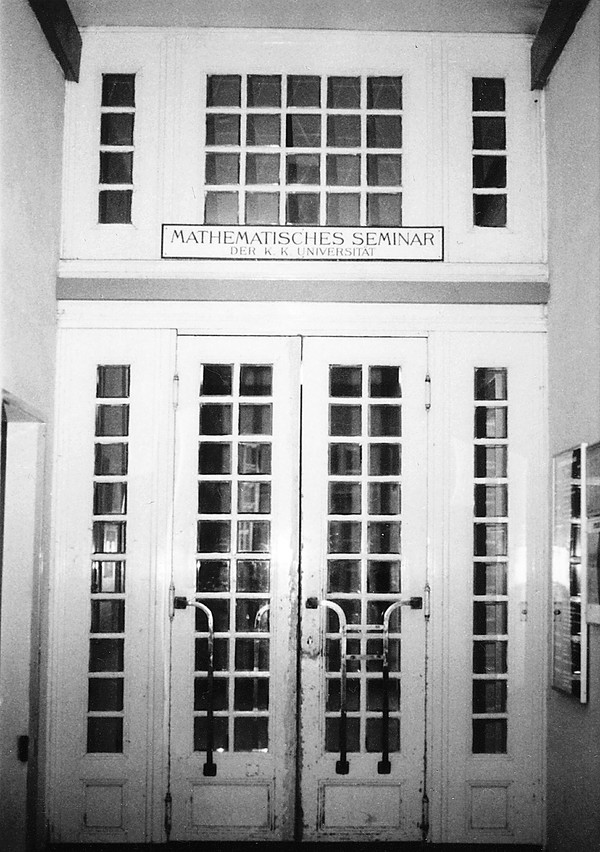
100 Years Quantum mechanics in Austria
A mathematical framework for understanding the behavior of particles such as electrons, protons, and photons, which exhibit both wave-like and particle-like properties
The early 20th century in Vienna was a golden age of intellectual activity. It was the time of the birth of psychoanalysis with Sigmund Freud, groundbreaking developments in physics with Erwin Schrödinger and Wolfgang Pauli, and revolutionary debates in philosophy with the Vienna Circle. These worlds intersected in surprising ways, showing how physics and philosophy influenced one another in Austria during a time of cultural and scientific.
Austria's quantum story begins not in a lab, but in the salons and seminar rooms where philosophy and science intertwined most notably through the **Vienna Circle** (Wiener Kreis). This group of philosophers, mathematicians, and scientists, including Moritz Schlick and Rudolf Carnap, championed **Logical Positivism**. Their rigorous focus on verifiability, logical analysis, and the relationship between language, observation, and reality provided a crucial philosophical backdrop against which the bizarre implications of the nascent quantum theory were debated.
Schrödinger often clashed with the positivist spirit of the Vienna Circle, he sought a holistic and metaphysical understanding of reality, influenced by Spinoza, Schopenhauer, and Vedanta philosophy from India - Unlike the Vienna Circle, which rejected metaphysics, Schrödinger embraced it. He argued that physics alone could not fully explain consciousness or the unity of experience.
Schrödinger speculated on biology, heredity, and the nature of life — questions that the Vienna Circle would have dismissed as “not strictly scientific.”
Erwin Schrödinger, born in Vienna in 1887, developed the famous Schrödinger equation in 1926. This mathematical formulation of wave mechanics remains central to quantum physics, describing how the quantum state of a system evolves over time. Schrödinger’s work offered an alternative to Werner Heisenberg’s matrix mechanics, and the two approaches were later unified. His famous thought experiment, “Schrödinger’s cat,” became an enduring metaphor for quantum paradoxes.

Wolfgang Pauli, another Austrian physicist born in Vienna in 1900, formulated the Pauli exclusion principle in 1925. This principle explains why electrons in atoms occupy different energy states and provides the foundation for much of modern chemistry and solid-state physics. Pauli’s insights shaped quantum field theory and influenced generations of physicists.
These figures placed Austria at the intellectual heart of the quantum revolution, alongside Germany, Denmark, and the United Kingdom. Their contributions not only advanced physics but also changed philosophy, as quantum theory challenged classical views of determinism and reality.
Today, Austria continues to be a leader in quantum science. Its universities and research institutes are among the most active in advancing both the theoretical and experimental frontiers.
Anton Zeilinger, an Austrian physicist and Nobel Prize laureate in 2022, pioneered experiments in quantum entanglement and teleportation. His work has laid the foundation for quantum communication networks, including satellite-based quantum cryptography.
Austria was the site of some of the earliest real-world tests of quantum key distribution, demonstrating how entangled particles can transmit information securely over long distances.
To facilitate collaborations between South Korea and Europe—including Austria—the Korea–Europe Quantum Science Technology Cooperation Center (KE-QSTCC) was inaugurated in Brussels in October 2023. Commissioned by the Korean government and coordinated by the Korea–EU Research Centre (KERC), this center acts as a strategic innovation platform to foster joint research, networking, and information sharing across Europe and Korea.
KE-QSTCC plays a vital role in nurturing collaborations between Korean institutions and European research partners across the quantum science domain.
As a result, Conferences & Networking events are created like:
Quantum Korea 2025 and EKC2025
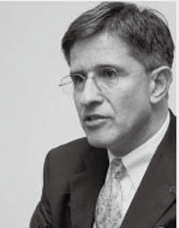
글 | 볼프강 슬라빈스키 Wolfgang Slawinski
서울명예시민
한·오스트리아협회 회장

